BOGO Pest Control’s Outdoor Rodent Management Plan Provides Services For Voles, Moles, and Shrews.
BOGO Pest Control services homes and businesses all across the Twin Cities. Voles, moles, and shrews don’t stand a chance against BOGO’s Outdoor Rodent Management Plan (O.R.M.P)!
If you have any questions or concerns or would like to schedule an appointment call or send us an email
Call Us Today! 952-404-BOGO (2646)
Share This Page!
Voles
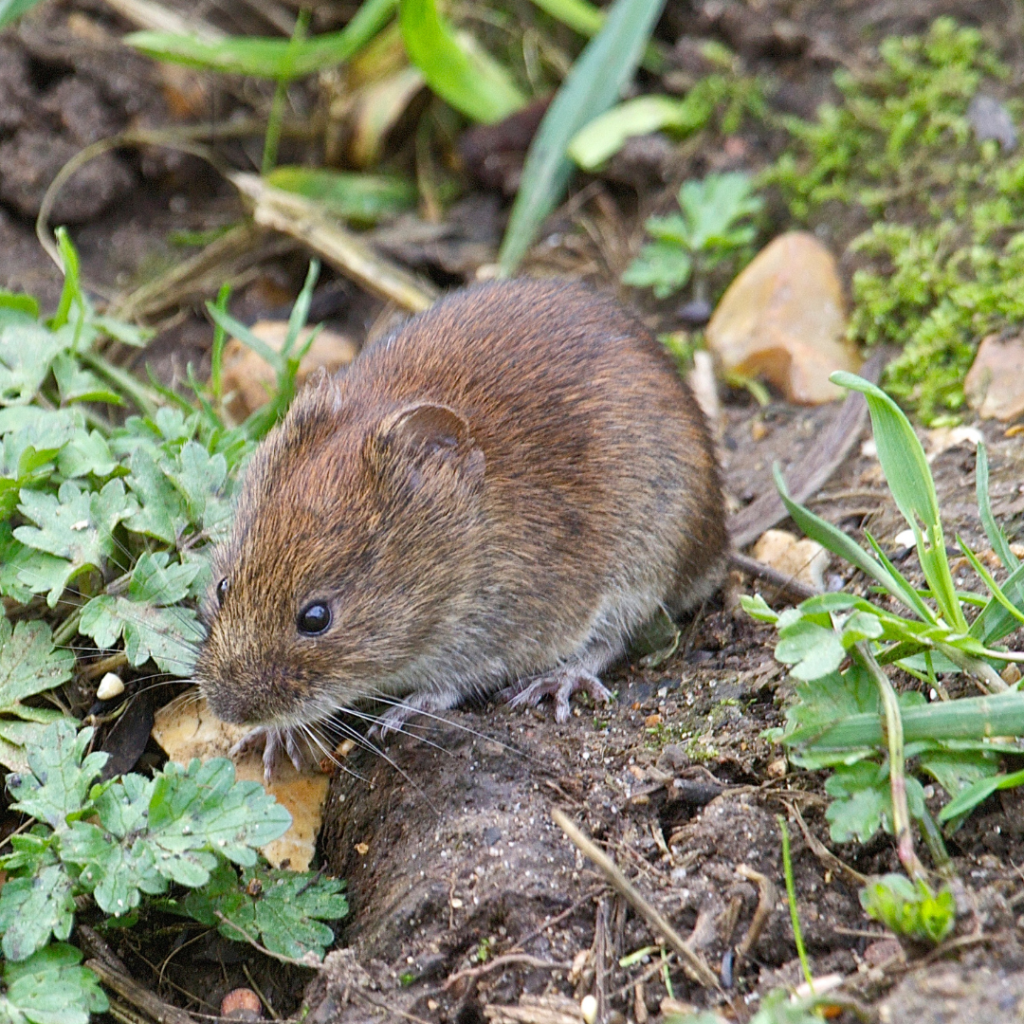
Voles
Voles are rodents that spend their entire lives outside. They are commonly mistaken for mice but a few obvious differences include their short tails, rounder stocky bodies, and small ears. Voles also aren’t nocturnal like mice and stay active all day and night. A few similarities voles have with mice is that they don’t hibernate and breed all year long. They usually have around 1-5 litters a year with the size of their litter ranging from 1-11 young.

Vole Diet
As you may find out due to the damage to your lawn voles love to eat grass. But similar to other rodents voles are omnivores. Which means they’ll eat almost anything. So you also need to watch out for them feeding on your vegetable garden, flowers, and even trees. In the wintertime, it’s common for voles to chew on the roots and bark of trees below the snow. Voles are capable of killing trees by suffocating them by chewing along the entire trunk or root system.

Vole Habitat
A natural habitat for voles consists of areas with tall grasses or heavy vegetation. Areas such as meadows, prairies, banks of rivers and ponds, and inside gardens. Another place that they can be found living is inside reattaining walls. Unlike mice voles very rarely make their way inside a home. They would rather stay outside all year. They make tunnels deep under the snow to stay warm in the winter.

D.I.Y Prevention For Voles
Some prevention measures that any homeowner should take to mitigate the population of voles include trimming hedges and trees. We recommend trimming from the bottom up to take away any plant coverage for the voles to hide under. It’s also important to keep your grass cut short and in the fall remember to pick up any leaves and sticks on the ground. The leaves can be used as insulation to keep the vols warm in the winter.
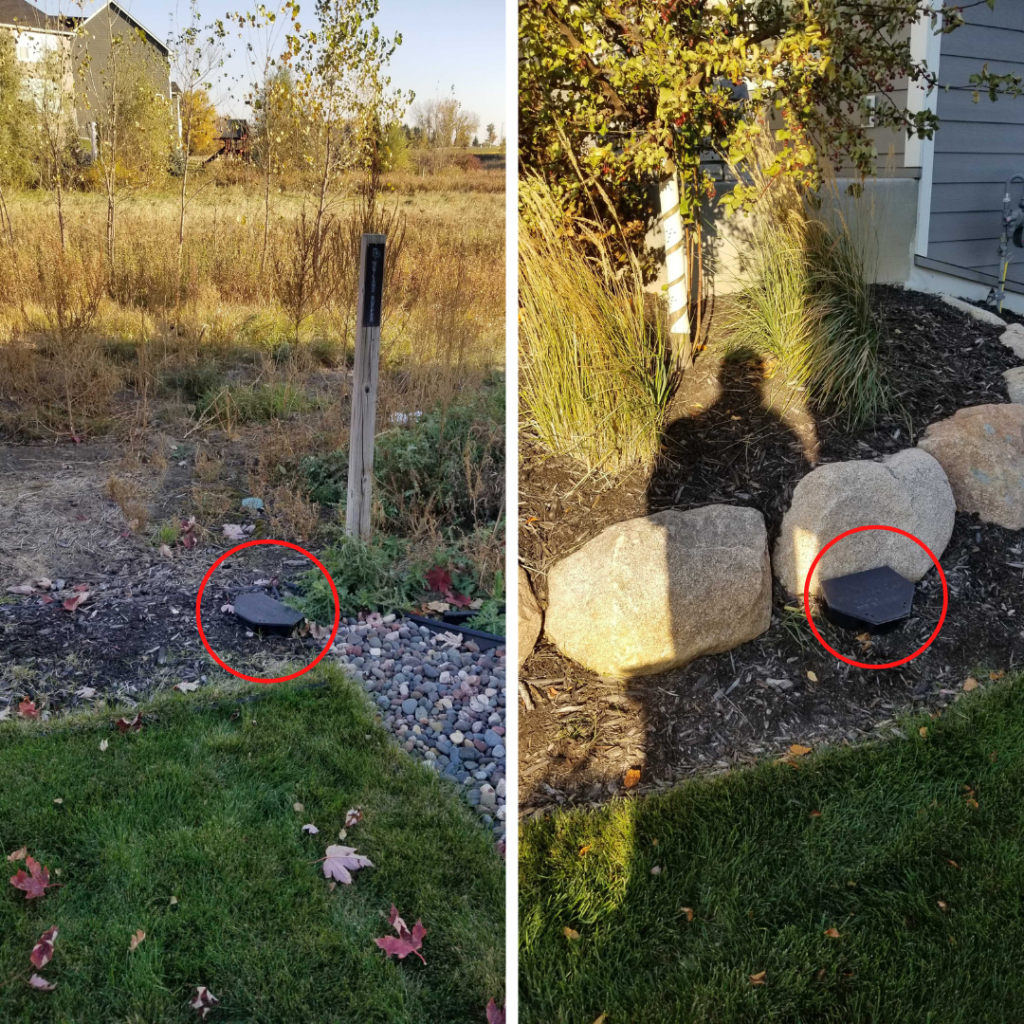
BOGO’s Prevention For Voles
BOGO Pest Control offers an outdoor rodent management plan (ORMP) to help cut down the population of voles around the property. The plan is a yearly commitment as voles don’t hibernate and stay active all day and night. Because voles have no interest in going into your home we place bait stations next to their natural habitats. This usually means placing them around the edge of the property line or near retaining walls. Depending on the extent of the infestation we check and refill the stations either every month or every other month.
To learn more about voles, read our blog post “Voles Live Under the Snow”
Moles
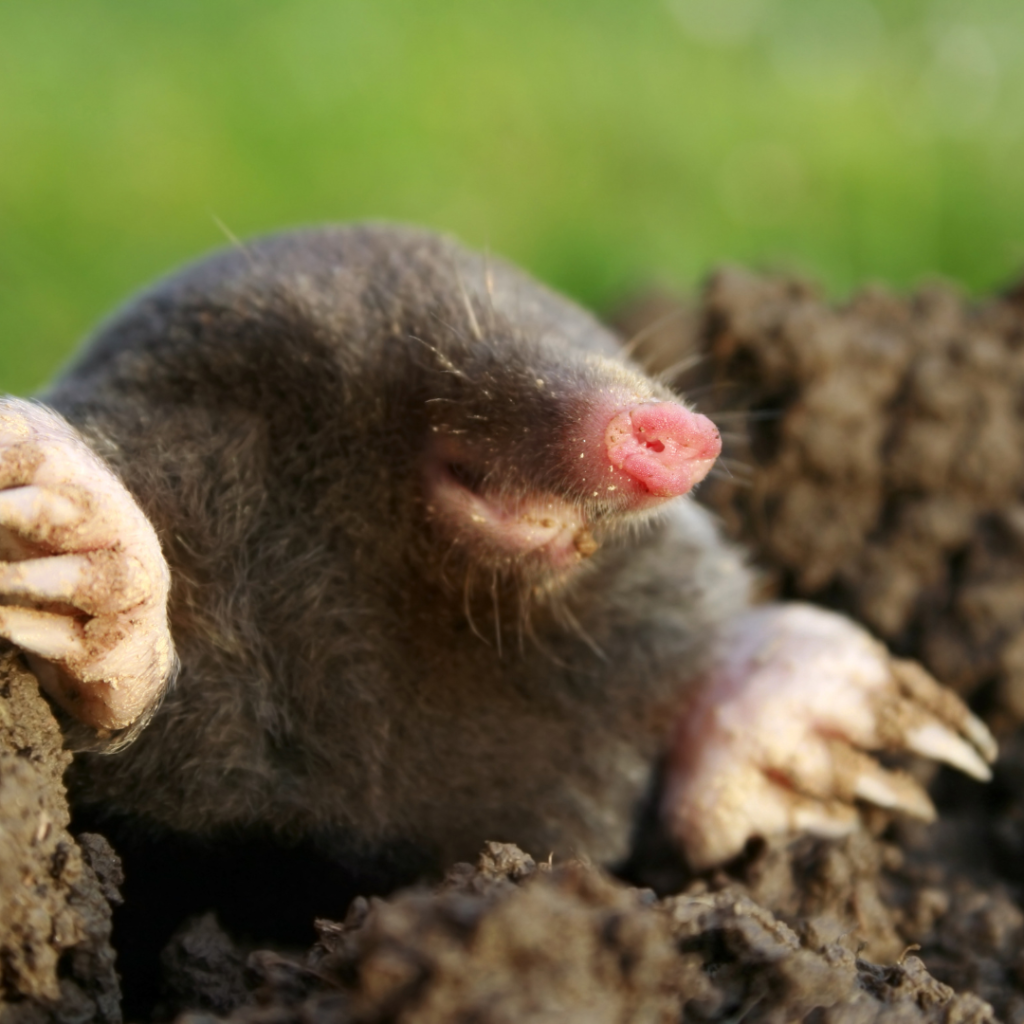
Moles
Moles spend the majority of their time underground and are rarely seen by humans. They have small eyes and ears with large front paws that are designed for scooping and digging. What they lack in hearing and eyesight they make up for with their sense of touch and smell. They are capable of feeling vibrations in the soil that navigate them toward food. Moles are also territorial and solitary animals unless they are breeding. Their breeding season lasts from February to March. The females have one litter of 2-8 pups 45 days after breeding. The pups stay with the mom for only 4 weeks before leaving the nest.
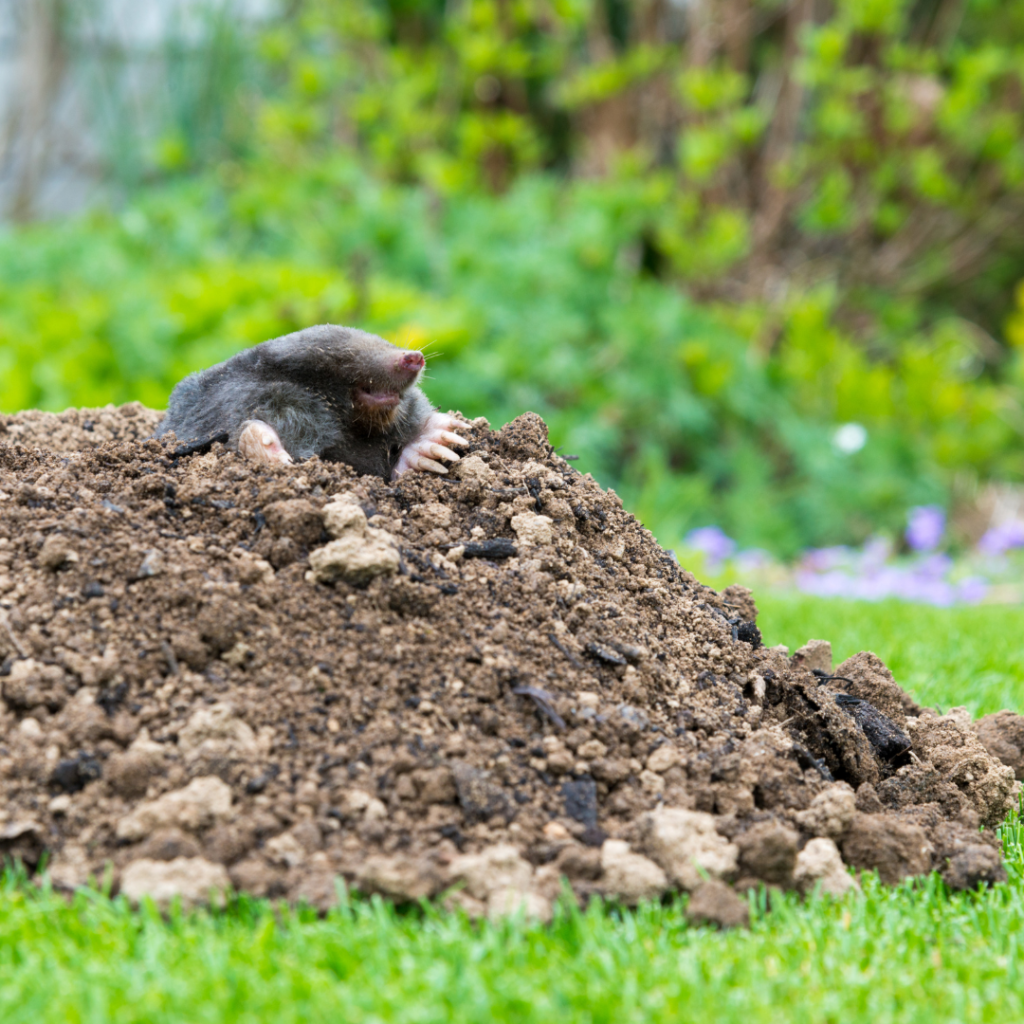
Mole Diet
Moles rely heavily on their sense of smell and touch to find food. They use their sense of touch to feel vibrations in the soil to locate food and as a way to avoid predators or other moles. Over 80% of their diet comes from earthworms and the rest comes from shrubs and other insects. Moles also eat around 70% to 100% of their body weight every day. They are noted for decapitating earthworms so they won’t squirm away. This allows moles to save the worm for later. They even create rooms inside their tunnels to store earthworms as a backup food supply. They have been recorded as eating over 50 lbs. of worms in one year.


Mole Tunnels
Moles spend their entire lives digging tunnels. When they dig they discard the soil they dig up to create molehills. Over time these underground tunnels become complex systems that serve different purposes. Moles create rooms to store food, give birth in, sleep in, and dig tunnels designed to trap their food. The difference between mole damage and vole damage is easy to spot as a mole will usually have different mounds of dirt piled along the yard and the tunnels lift above the grass. Mole tunnels can be beneficial to an ecosystem. They aerate the lawn and the moles eat pest grubs and insects that kill plants and trees.


Mole Habitat
Most moles live in open grasslands, meadows, pastures, woodlands, and sometimes wetlands. The most common mole in Minnesota is the eastern mole. Their range spreads from Ontario Canada to the north to the Dakotas and Texas to the west then Massachusetts and Florida to the east. They are not found in areas with clay or gravelly soils instead they prefer sandy and moist earthy soils that are easier for digging.

Mole Prevention
BOGO’s mole prevention service does not use traps to catch the moles. The spring traps can lead to injuries to pets and children that are playing outside and can also damage lawn care tools such as lawnmowers. Instead, BOGO uses poison bait. Our service is done by very knowledgeable pest technicians who spend a lot of time strategically placing the bait in the most effective areas. This involves knowing exactly which tunnel systems are currently active by a mole and which tunnels are not. They then place the bait inside the tunnels without damaging them.
To learn more about moles, read our blog post “Controlling Moles in Your Yard”
Shrews
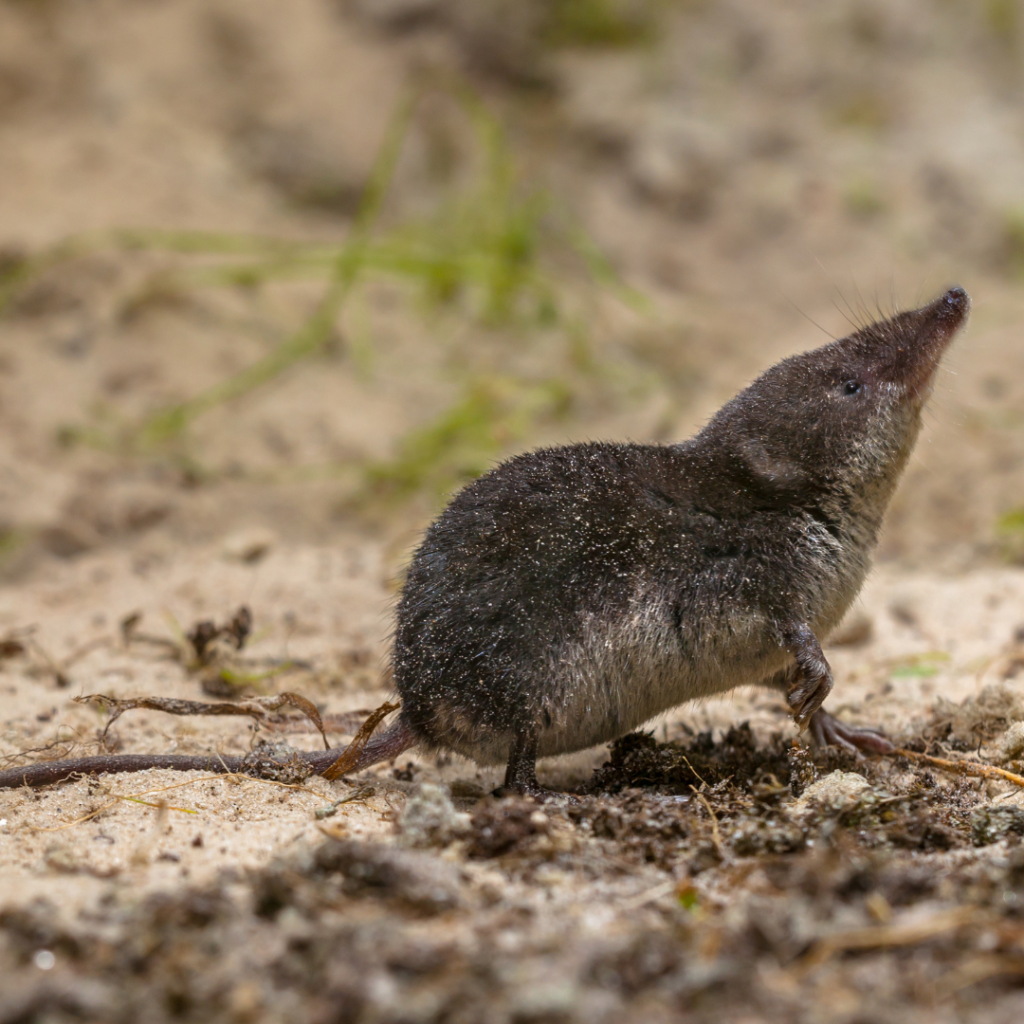

Shrew
Shrews are commonly mistaken for mice but they have a few attributes that make them very different. Shrews have a very distinguishable pointy snout, smaller ears, and tiny black eyes. Also, shrews are active all day and night, unlike nocturnal mice. Even though they are both similar in size, shrews are one of the most voracious mammalian predators on the planet! They have a huge appetite and are capable of eating twice their body weight in one sitting! Shrews breed from May until October. With this longer time frame, female shrews produce at least 2 litters of around 4-10 young each.
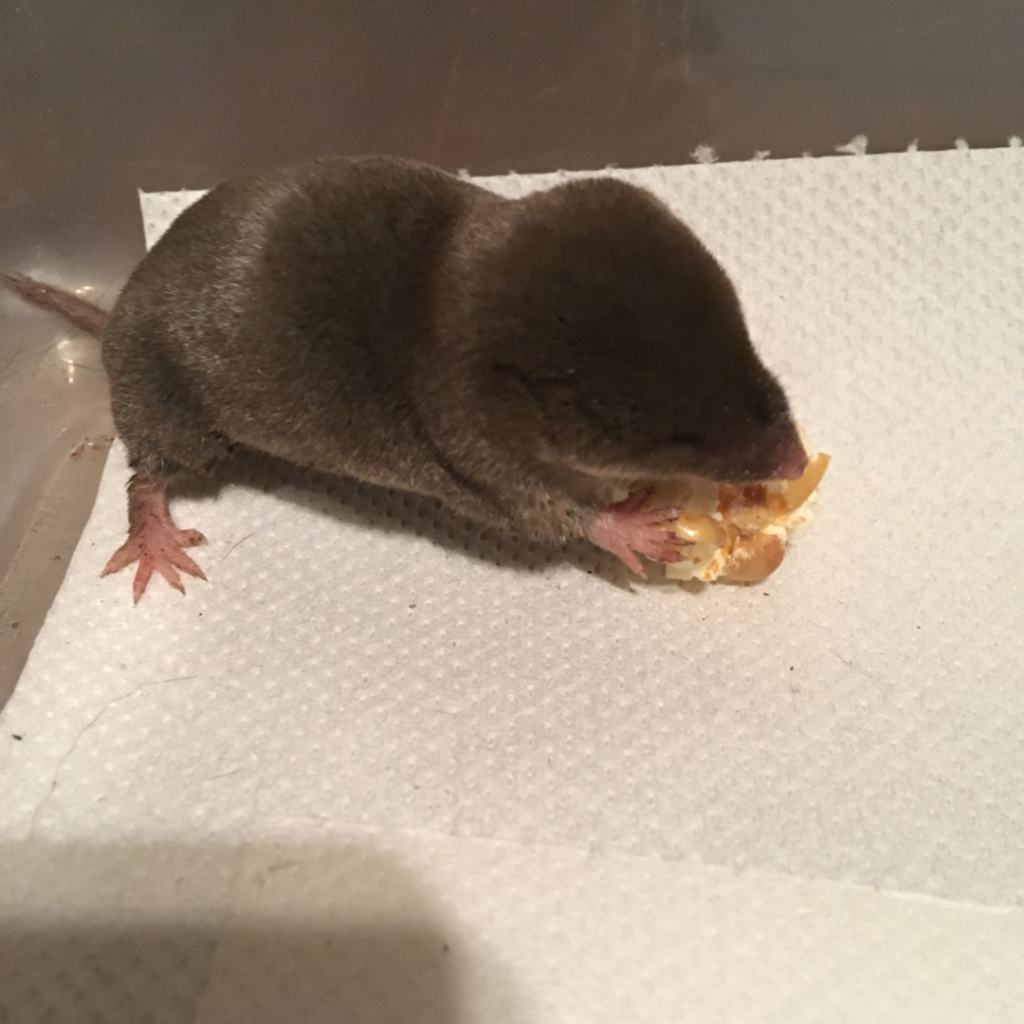

Shrew Diet
A shrew’s diet consists of pretty much everything and anything. Shrews have to eat their weight in food every single day and if they don’t eat within a few hours they can die. They prefer to eat insects, slugs and snails, and earthworms. As well as seeds and nuts from trees. But they are notorious for attacking and eating prey much larger than they are. They’ve been known to eat snakes, mice, small birds, and in the picture above even lizards. When they bite into their prey they excrete poisonous saliva into the wound that paralyzes the animal. Unfortunately for the prey, it doesn’t kill them right away. Instead, it keeps them alive for a few hours. This allows the shrews to keep the meat fresh so they can eat it later.
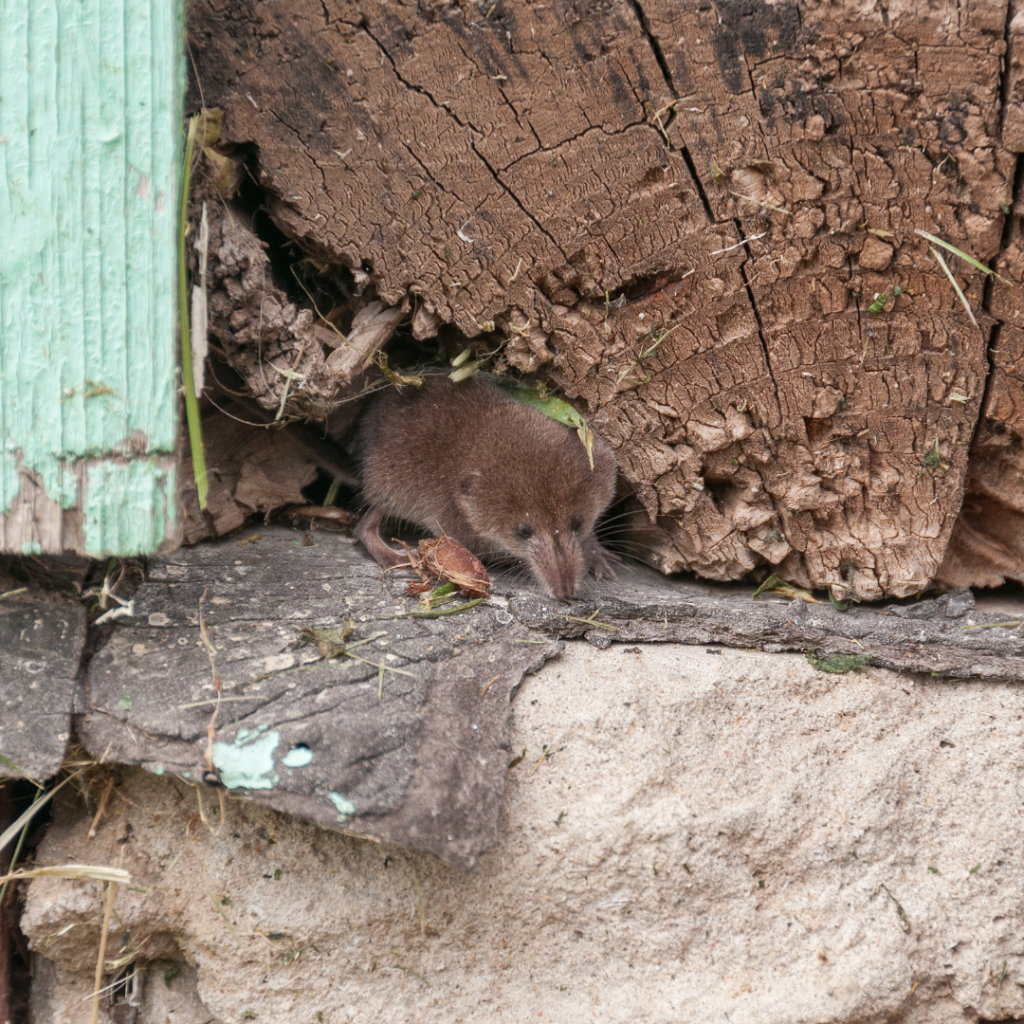
Shrews Inside Homes
It’s rare to have a shrew inside your home but it’s not unheard of. Due to their aggressive nature, it shouldn’t take long to find out if one got inside. If one does make its way inside it’s most likely in search of food and water. One great indicator is if you find shrew droppings. Their droppings are a dark color and have a corkscrew shape to them. They are capable of eating small pets such as birds or hamsters. They may even use their venom to get larger pets sick if they feel threatened. They also release a scent gland that has a very pungent smell.

Shrew Habitat
Shrews enjoy living in areas with heavy plant cover. Areas with long grasses such as prairies, meadows, and wooded areas. A few of the most common shrews in Minnesota include; the pygmy shrew, the short-tail shrew, and the masked shrew. The smallest of the three is the pygmy shrew measuring about two inches and weighing only 1/8 ounce. The largest shrew is the short tail shrew. They range from 4.0-5.5 inches and weigh around 0.5-1.0 ounces. But the most common shrew is the masked shrew. They measure to be 4.0 inches and weigh 0.1-0.23 ounces. Their range extends throughout the northern United States and most of Canada.
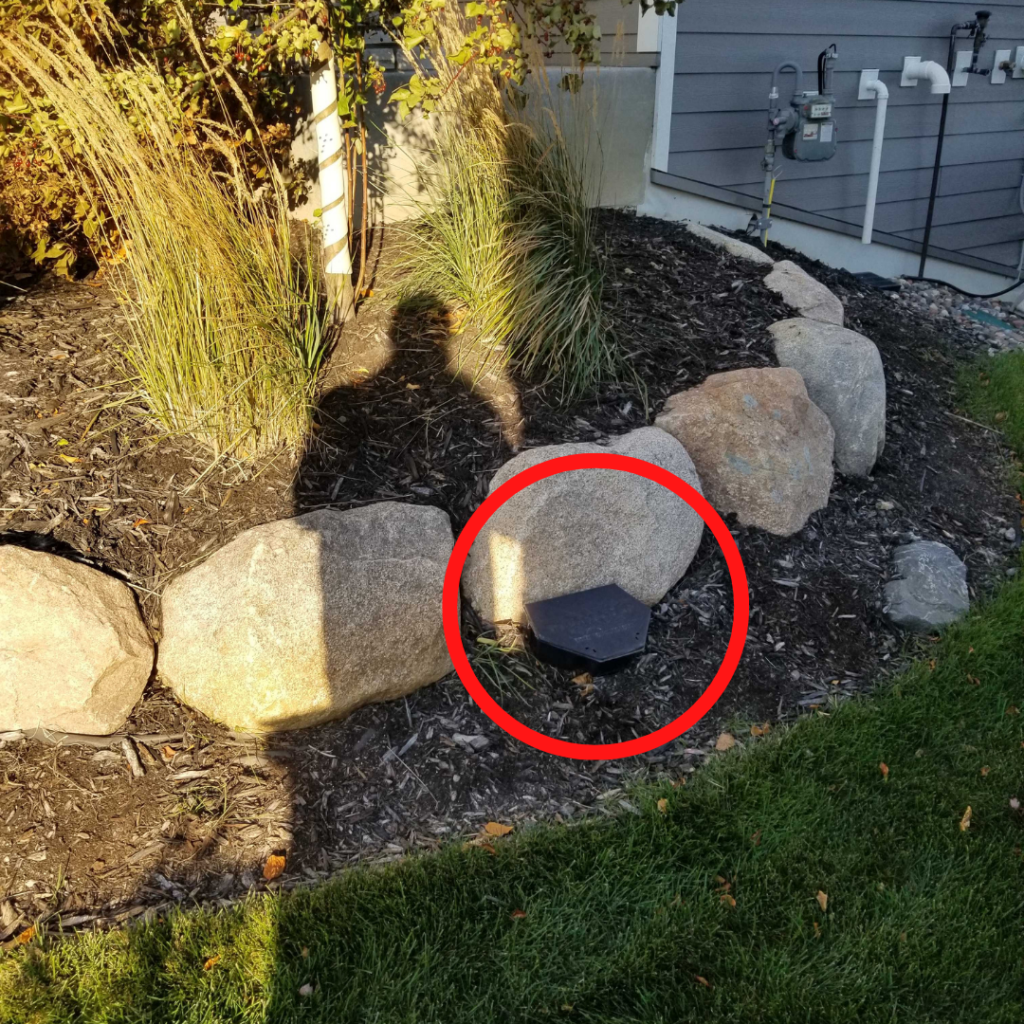
Shrew Prevention
The most effective way to prevent shrews from infesting your lawn or home is to reduce their food source around the property. Shrews eat everything and anything. From insects and seeds to other rodents like mice and voles. BOGO’s outdoor rodent management plan will help cut back the number of mice and voles there will be for them to eat. One way to cut down the population of insects is to keep the grass cut low and bushes and trees trimmed at least 4 feet away from the house. BOGO also offers an insect prevention plan to kill any insects that touch your house. Once their source of food is diminished shrews will have no reason to live near your home.
To learn more about shrews read the article “Shrews are among the most fascinating MN mammals” by Blane Klemek
We stand behind all of our pest services and so do our customers!

Read More 5 Star Reviews From Our Amazing Customers
BOGO Provides Pest Control Services For the Twin Cities and Beyond! Just a Few Cities We Service For Include;
Anoka|Apple Valley|Bloomington|Burnsville|Coon Rapids|Champlin|Chanhassen|Deephaven| Delano|Eagan|Eden Prairie|Edina|Elk River|Excelsior|Independence|Lino Lakes|Maple Grove|Maple Plain|Medina|Minneapolis| Minnetonka|Minnetrista|New Brighton|North Oaks|Orono|Prior Lake|Plymouth|Ramsey| Rogers|Shoreview|Shorewood|Stillwater|St. Louis Park|St. Paul|Victoria|White Bear Lake|Wayzata|Woodbury|
If you have any questions or concerns or would like to schedule an appointment call or send us an email
Call Us Today! 952-404-BOGO (2646)




